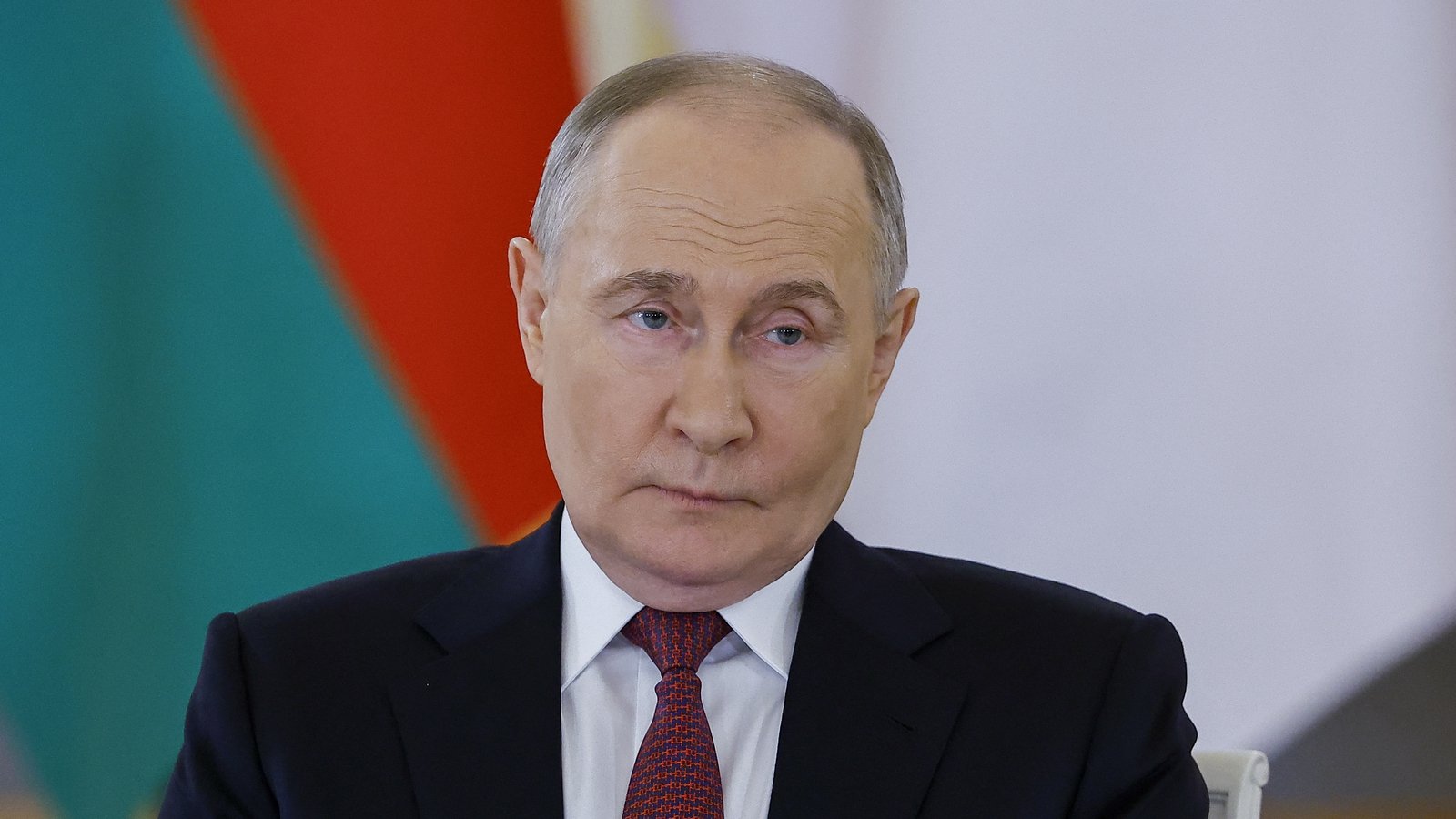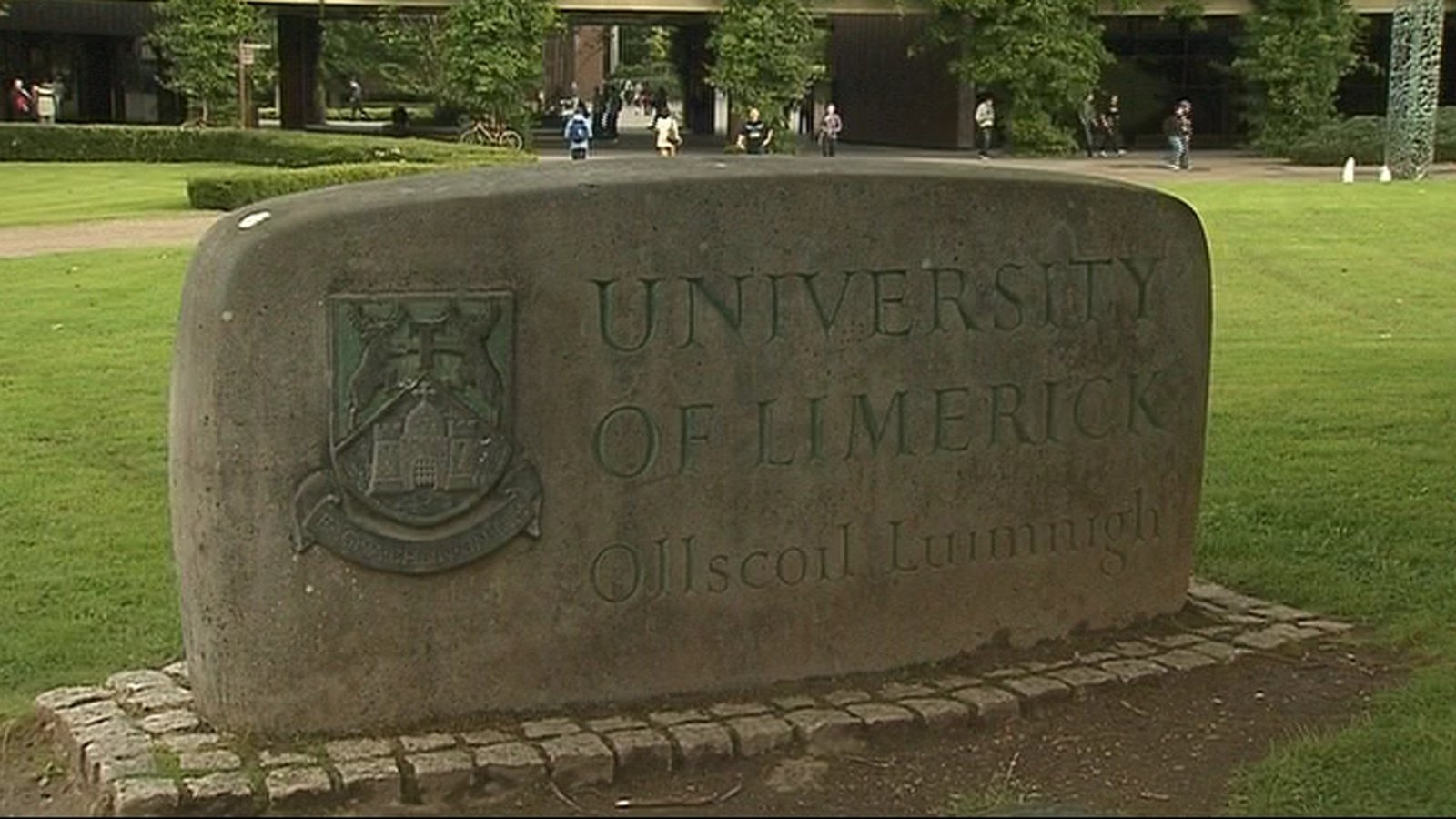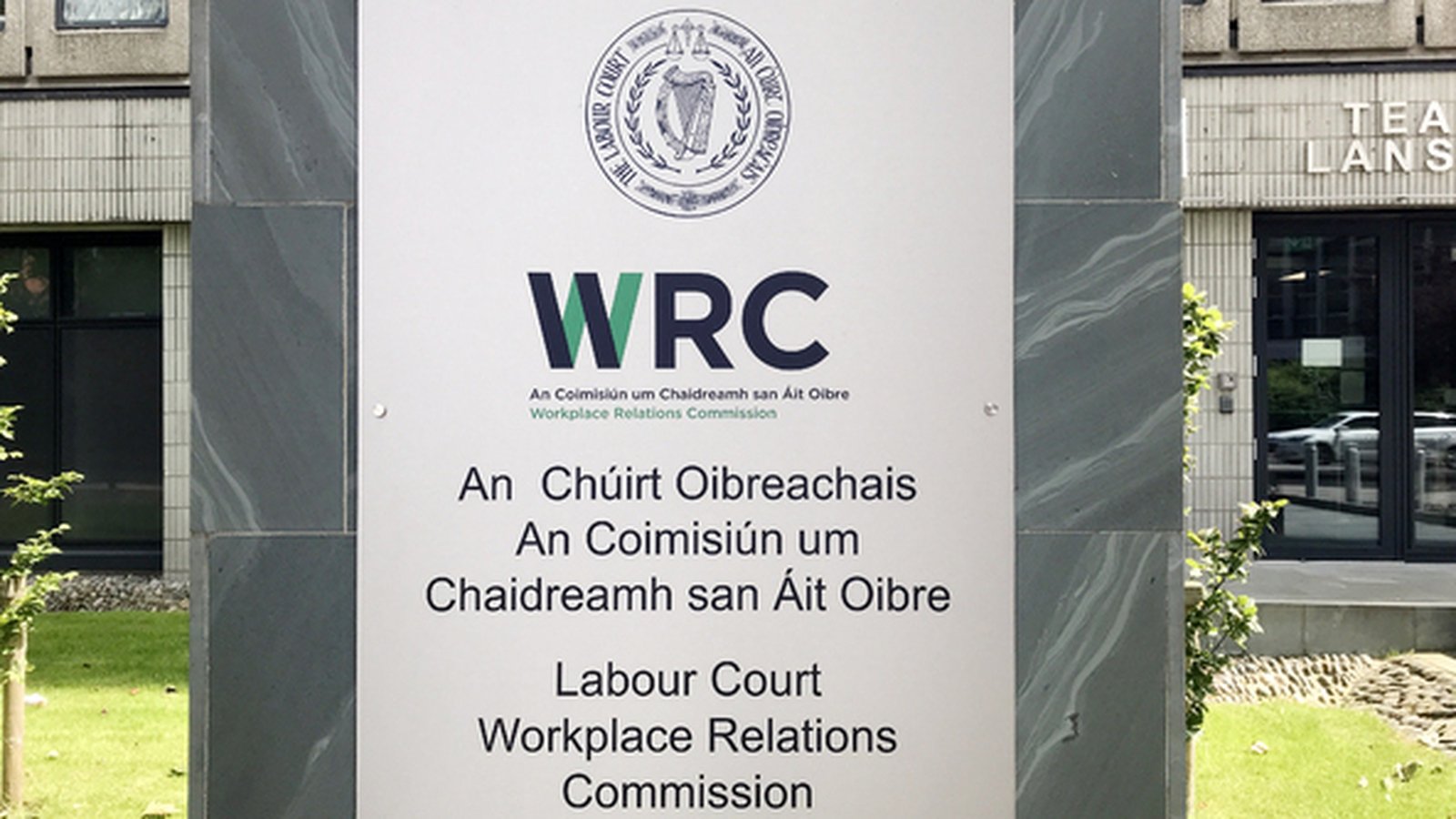Poland’s collective shelters for Ukrainian refugees
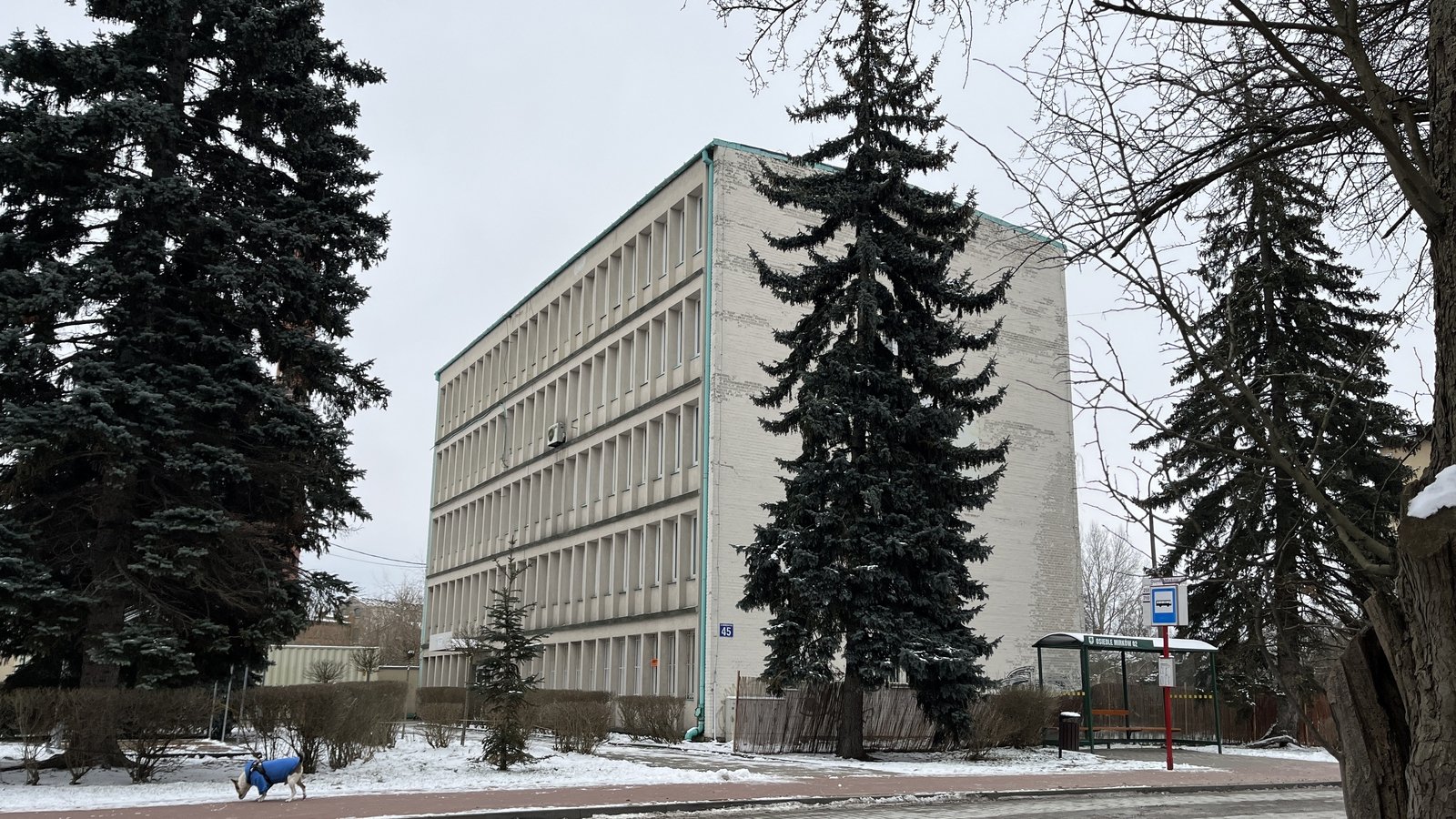
Daria Hryshchenko has lived in a collective shelter in the town of Konstancin-Jeziorna, 20km outside Warsaw, since April 2022.
Just days after Russia’s invasion began, Ms Hryshchenko left her hometown in Lukansk with her mother and their beloved Pomeranian dog.
She was five months’ pregnant at the time.
They were one family among more than one million Ukrainian refugees to arrive in Poland during the early weeks of the war.
Ms Hryshchenko’s daughter Miriam was born in Poland and has lived all of her 17 months so far in the Fundacja Leny Grochowskiej (Lena Grochowska Foundation) home for refugees in Konstancin-Jeziorna.
“I always hope that the war will end because, in Ukraine, we have relatives, I have sisters,” Ms Hryshchenko told RTÉ News.
The United Nations International Organization for Migration (IOM), which provides support services to the centre and 50 other facilities in the country, estimates that there could be as many as 70,000 Ukrainian refugees living in collective shelters throughout Poland.
Most shelters are run and funded by the state.
Since March 2023, Ukrainian refugees in Poland who stay longer than 120 days in state-funded accommodation are required to pay 50% of their housing and food costs, which amounts to about €10 per day.
Residents who stay longer than six months must pay 75% of the costs.
However, the shelter in Konstancin-Jeziorna is managed by Fundacja Leny Grochowskiej, a Polish charity founded by Lena and Wladyslaw Grochowski, a family of property developers and philanthropists.
The charity continued to cover food and housing costs all last year, but residents have been asked to make a small monthly contribution from this month onwards.
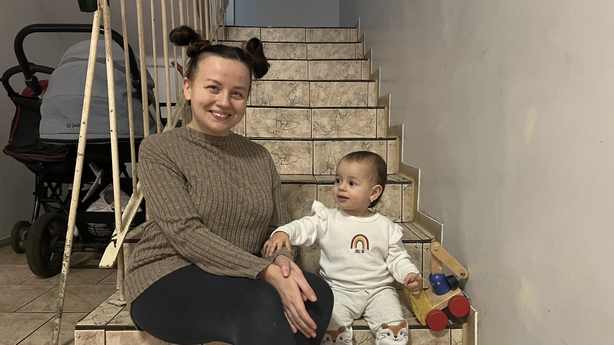
Approximately 160 Ukrainian refugees live in the facility, most of whom are women with young children.
The former office block is divided into small rooms, each containing a pair of bunk beds for single unit families.
Families eat dinner in a communal kitchen and children do their homework in a study room.
A group of residents gather in the common room for a Polish language class provided by the charity.
Residents can also book appointments with psychologists and request help with legal matters.
“Some people have lived here since the start of the war. Others stay a week or two before getting their legal documents and moving on,” said Katarzyna Romaniuk, a hotelier by profession, but who has managed the shelter for the charity since the war started.
Just under one million Ukrainian refugees currently live in Poland, according to the UN’s refugee agency, UNHCR – a decrease from approximately 1.3m a year ago.
According to a study carried out late last year out by the UNHCR and IOM, 59% of Ukrainian refugees have found their own private accommodation. Another 20% are renting with fellow refugees.
The remaining 20% live in shared accommodation such as hostels and collective shelters, funded by the state and charities. Those living in collective shelters make up the smallest group of Ukrainian refugees in Poland, about 7%, according to the same study.
Poland’s regional governors are responsible for supervising collective accommodation facilities in their own region, regardless of whether a centre is funded by the state or private donors.

The cost of privately rented accommodation in the Warsaw area is a barrier for many residents in Konstancin-Jeziorna who want to move out.
Hanna Bakhmatova from central Ukraine told RTÉ News that she works 11 days per month in a café, but that she would need to speak Polish at a higher level in order to get a better paid job.
“I would not be able to afford to rent an apartment,” she said, speaking in Russian through an interpreter.
“I even tried to invite my sister-in-law who lives in Poland so that we could rent it together. However, for now we both do not have enough money to pay for housing.”
Ms Bakhmatova came to Poland just over a year ago with her 13-year-old daughter.
Her husband is serving in the Ukrainian army and stationed on the front in Donbas, she said.
The IOM estimates that as many as 75% of residents in Poland’s collective shelters for Ukrainian refugees will not be able to live independently any time soon.
Colin Williamson, the IOM’s senior programme coordinator for Poland, said that people who are still residing in collective shelters “don’t have the network, the friends, the family to be able to be hosted”.
“These are people who don’t have the financial means to look after themselves at this point still,” he said.
The collective shelters also include a sizeable number of elderly refugees and people with mental health issues.
Mr Williamson said the agency was working with local organisations “so that they can learn how to manage collective shelters and deal with some of these very vulnerable people”.
Ms Hryshchenko, whose hometown in Luhansk has been destroyed in the war, said that the shelter had been “a big help” for her family.
But with no end in sight to the war, many residents remain stuck between a sense of longing for home and an inability to build an independent life in their new country.


